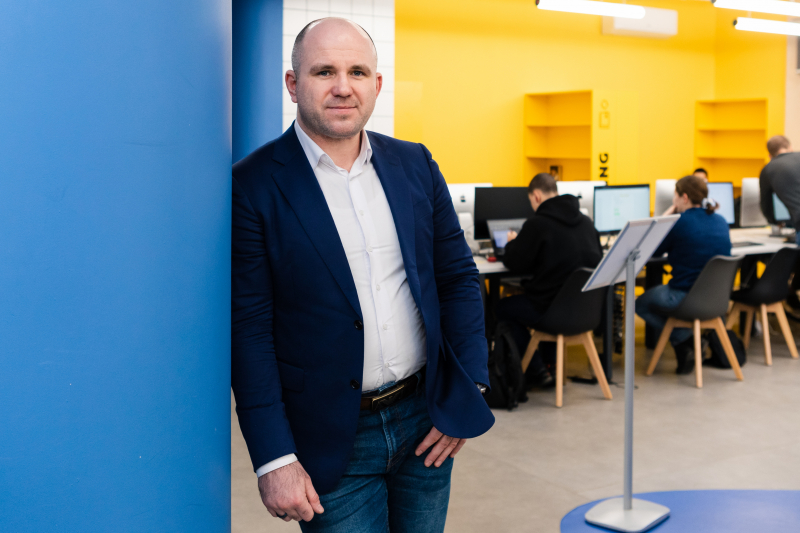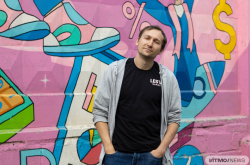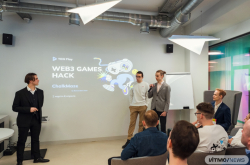How did you come up with the idea for your game?
After having a hard time trying to find a way to integrate the cultural heritage of our peoples into a virtual space, we came up with ZovZemliCyber, a digital unit that we created as part of the Zov Zemli (“Call of the Land” – Ed.) project. I’ve spent a long time thinking about what can excite our youth when I finally realized that a video game about the story of King Gesar would be our best bet.
Many people don’t know that Russia has plenty of ethnic regions and each of them can boast an incredibly rich history and traditions. It might be something that you won’t learn in a university and can easily live without, but it’s good to know if you want to be a well-rounded person.
Instead of forcing young people to study, we want to make learning interesting by using the latest gadgets, especially knowing that they spend most of their time in a virtual world.
Did you have to take some other steps before producing your game?
We had year-long consultation sessions with experts on Buryat culture. The thing is, Gesar is a sacred figure in mythology who is honored by adherents of both Shamanism and Buddhism. Because of that, we had to seek permission from representatives of these religions before starting out. I even took part in a shamanic ritual when I traveled to the Tunkin Depression, the homeland of Gesar. We also learned about his descendants and saw his armor in a temple in Tibet. So, this could well be a true story.
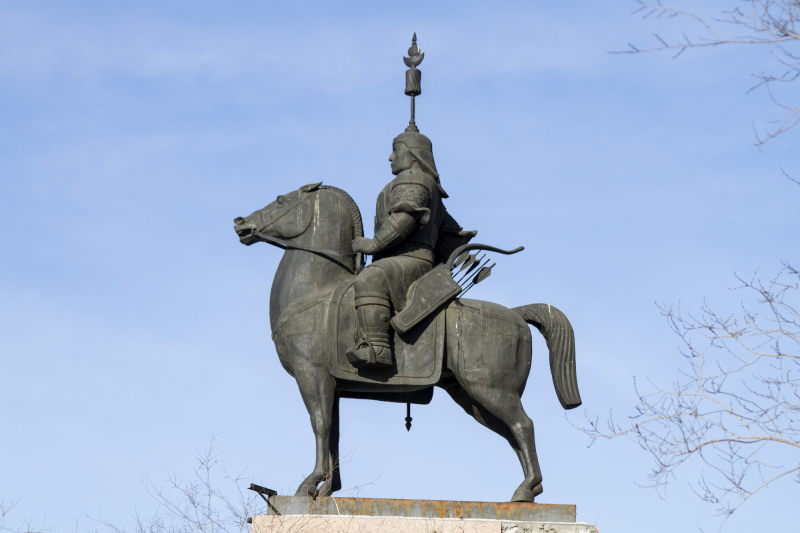
A statue of King Gesar statue Ulan-Ude, the capital of Buryatia. Credit: depositphotos.com
Your project involves various experts from other countries, such as South Korea, and companies – for instance, some of the developers of World of Tanks. How did you choose them and what are their responsibilities?
We’re thinking about going global. That’s why we need the help of our international colleagues so that we would be able to meet the needs of our new audiences and go head-to-head with such fast-growing gaming industries as the ones in the West and Asia. Thanks to such consultations, our specialists have the opportunity to ask questions and share their experiences, as well as take some of the best ideas on board. Speaking of South Koreans, they are great at graphic design and Chinese experts are skilled in multiple spheres.
Moreover, we’ll be learning from the experience of the International Esports Federation so that in the future we could launch our own competitions for players from Russia, China, and South Korea. We will build on the existing system and add a new category that will be focused on educational games. There will be qualifiers, too, where each county will be represented by the best teams.
So, you’re going to enter the international market right away?
We will launch our game in Russia and China simultaneously. The reason for that is that over half of the world’s gamers live in Asia, while Russian people tend not to trust products that were created in their homeland. That’s why we aim for the Chinese market. Once we hold an e-sports contest and release our game there, our young people will hopefully learn about our success and decide to give our product a go.
As far as I understood, this game is your way to educate young people about indigenous cultures through non-violent gameplay. Why do you think they will be interested in your product?
Of course, we can’t eliminate action elements altogether, but we will try to shift the focus away from only fighting. We will introduce various quests that users can take not only to develop their game characters but also themselves in real life. That is what will make learning different.
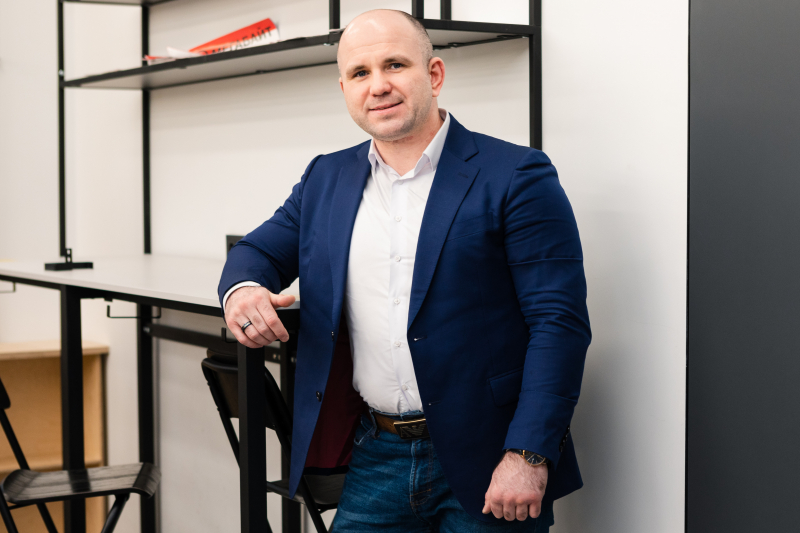
Konstantin Balagansky. Photo by Dmitry Grigoryev / ITMO.NEWS
This is a kind of game that requires a basic background. There is, for instance, a video game where players have to solve a puzzle in a made-up alien language. It’s fun. Ours will be similar, but we will use an actual language – Mongolian. To play the game, players don’t need to dive deep into history. There will be special sources that players can turn to when they need help understanding something.
As for now, we’re on both Discord and Twitch. Later on, we may open an NFT marketplace with a collection of animated in-game totems. Players will have the chance to buy them before release and then use them to develop their clans.
Players can get extra bonuses for doing physical exercises in your game. How do you plan to assess such activities?
Each player can choose a certain exercise, such as running or doing pushups. We will make use of various trackers and apps available today to evaluate their performances. They will only need to provide a photo or a video. That is, our plan is to build from what already exists.
However, we didn’t stop there and decided to combine virtual and real-life sports. And now, we have a new initiative called Cyber MMA that lets people try their hand at mixed martial arts even if they’ve never done it before. All you have to do is put on a specially made uniform with 32 sensors and a VR headset. For now, we plan to purchase all the necessary equipment ourselves and turn it into a kind of arcade game to let people experience it hands-on. Then, we will run a full-fledged competition that will consist of several stages: virtual fighting, CrossFit workouts, and a final fight. We plan to release both projects at the same time. This way, we will give young people a chance to try various sports without worrying much about being hurt or injured. Perhaps, some of them will even want to become MMA fighters after playing our game.
You will soon have a presentation about esports in smart cities based on your ZovZemliCyber project at the Congress of Young Scientists. What kind of educational values does your project have and how can video games help build the cities of the future?
Where, if not in smart cities, could esports grow? The economist Richard Florida and the writer Charles Landry have proposed a concept that states that the so-called creative class is the key determinant of the growing cities. This is, for example, Silicon Valley – a place that brings together people who are at the head of various innovative projects from local to global.
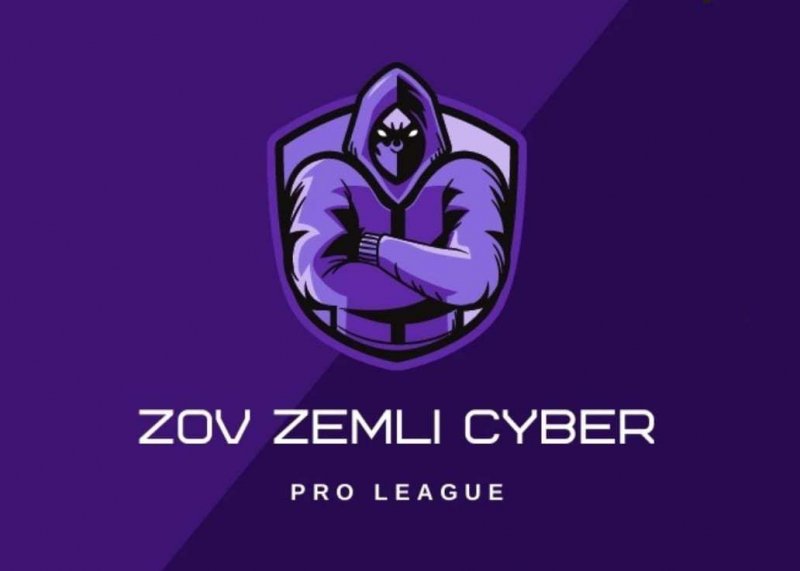
The logo of ZovZemliCyber. Credit: vk.com/zovzemlicyber
We want to offer the government our vision of the development of innovative cyberclusters where people will have the opportunity to improve themselves through educational games. This will let us train a new generation of entrepreneurs, managers, and IT specialists who are capable of tackling global challenges. By adopting this concept, we will be able to preserve our cultural heritage, create new jobs, improve the quality of education, and boost economic development in our native region. Though it may seem impossible, many scientists today are working on similar concepts. Take, for instance, Jane McGonigal, who advocates for gamification as a tool of progress, or the state of South Korea, which relies on esports as part of its national economy and a major source of income.
How do you plan to bring gamification into classrooms?
Gamification is the latest trend in education. There could be games not only about folklore but also mathematics, biology, and other disciplines, too. We don’t suggest making education into nothing but games, but they can be a great tool for keeping students motivated. And our project will set an example of how to do it in an efficient, exciting, and eye-pleasing way. Perhaps, there will soon be others who will want to share their experiences through a virtual world.
